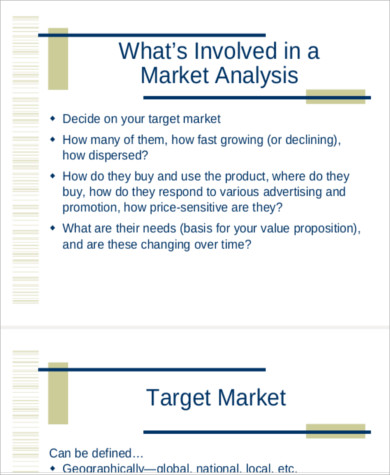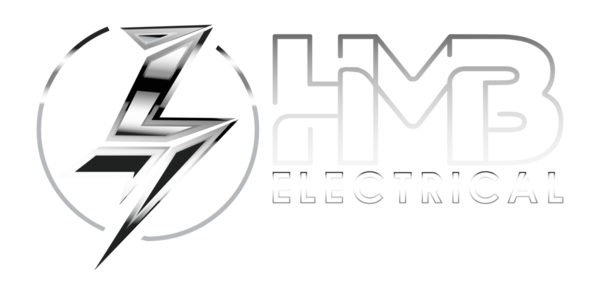
QuickBooks Online is an industry leader in the accounting field, thanks to its strong feature set and scalability. In addition to core accounting capabilities, it has robust reporting and transaction tracking tools, invoicing capabilities, inventory management features and mobile app functionality. https://www.kelleysbookkeeping.com/what-is-the-death-spiral/ Here are NerdWallet’s picks for the best small-business accounting software, including why we selected each product, monthly price details and features checklists for easy product comparisons. We’ve also included a couple of solutions that nearly made our list and a few products you can skip.
Quick summary: Important points for reconciling in QuickBooks

Book transactions are transactions that have been recorded on your books but haven’t cleared the bank. As a small business, you may find yourself paying vendors and creditors by issuing check payments. There are bank-only transactions that your company’s accounting records most likely don’t account for. These transactions include interest income, bank deposits, and bank fees. From the chart of accounts, locate the account that has the reconciled transaction.
How to reconcile in QuickBooks: Step-by-step
Once all details are aligned and verified, you can start the reconciliation by selecting the Start reconciling option. Now that we know how to prepare for the reconciliation process let’s begin our guide that will walk you through the steps to efficiently reconcile your accounts in QuickBooks Online (QBO). We want to reconcile a bank statement for the month ending June 30, 2018, so that’s what we’ll enter as the end date. The statement shows an ending balance of 1,068,099.65 as of June 30, so we enter that in, as well. The “beginning balance” field will be auto-populated with the end balance of the previous month (May 2018).

More than software. Learn how to grow your business.
NerdWallet independently reviews accounting software products before determining our top picks. We collect the data for our software ratings from products’ public-facing websites and from company representatives. Information is gathered on a regular basis and reviewed by our editorial team for consistency and accuracy.
How to Reconcile Your Bank Statements in QuickBooks Online

Adjusting entries may be necessary to correct these discrepancies, particularly in cases of bank errors or charges and fees not recorded in QuickBooks. Also, consider timing differences, such as checks that have been issued but not yet cashed, or bank fees that have yet to be recorded in QuickBooks. When handling discrepancies between QuickBooks and your bank statements, start by comparing each transaction in QuickBooks against the bank statements to spot any differences.
- For non-connected accounts, you follow the same path however, reconciliation requires manual entry and matching of transactions.
- If you look at the check register below, we see the same deposit recorded on June 14.
- In cases involving significant or complex issues, it is recommended to seek the assistance of an accounting professional.
- Finally, compare your adjusted bank balance to your adjusted book balance.
How To Enter Bank Transactions in QuickBooks Online Manually
You need to adjust the closing balance of your bank statement in order to showcase the correct amount of withdrawals or the cheques issued but not yet presented for payment. Bank reconciliation is undertaken in order to ensure that your balance as per the bank statement is correct. In such a case, you simply need to mention a note indicating the reasons for the discrepancy between your bank statement and cash book. All of this can be done by using online accounting software like QuickBooks.
QuickBooks will attempt to match downloaded transactions to previously-entered transactions to avoid duplication. An NSF check is a check from your customer that “bounced” because they didn’t have sufficient funds in their checking account to pay the check. It’s a good idea to give all of your deposited checks a few days to clear before spending the money in case any of them bounce.
Once your statement is generated just click reconcile and you will have it all done. After fixing the error, verify that the action was successful by checking the status of the transactions in question. The two checks that we just unreconciled should be unmarked, and the $325 that we marked as reconciled should have an “R” status. In the screenshot above, you’ll see that the checks for $200 and $125 are already reconciled though they haven’t been cleared by the bank. Similarly, the $325 is not yet reconciled, where in reality, it has already cleared.
It is its own module, exclusive from the chart of accounts, check register, and bank feed tools. Just because you have entered transactions into QBO using forms, the bank feed, or some third-party data fetching app, you still need to reconcile your bank accounts in QuickBooks. Reconciliation in accounting is a critical process, serving as a check-and-balance for financial accuracy. It involves https://www.wave-accounting.net/ comparing two sets of records to ensure they are in agreement and accurate. In the context of QuickBooks, reconciliation typically refers to matching the transactions recorded in the software with external financial statements, such as bank and credit card statements. This process is vital in verifying that the records in QuickBooks accurately reflect a business’s financial transactions.
QuickBooks Desktop will automatically generate a Beginning Balance based on your last reconciliation. Once this is completed, any difference between the two balances will be highlighted on the reconciliation page. If you have very limited transactions for the month, your QuickBooks Online and bank last in first out lifo definition statement balances may match, which is rare but would indicate that further reconciliation is not needed. While it reduces the amount of time you need to expend working on reconciling your accounts, the odds of your bank statement and your general ledger matching immediately is pretty slim.
The top of the report will display summary information similar to the top of the reconciliation screen. Perhaps the most useful information on the report is the list of uncleared, or outstanding, checks and deposits, which you’ll find at the bottom. This is a simple data entry error that occurs when two digits are accidentally reversed (transposed) when posting a transaction. For example, you wrote a check for $32, but you recorded it as $23 in your accounting software.

Leave A Comment